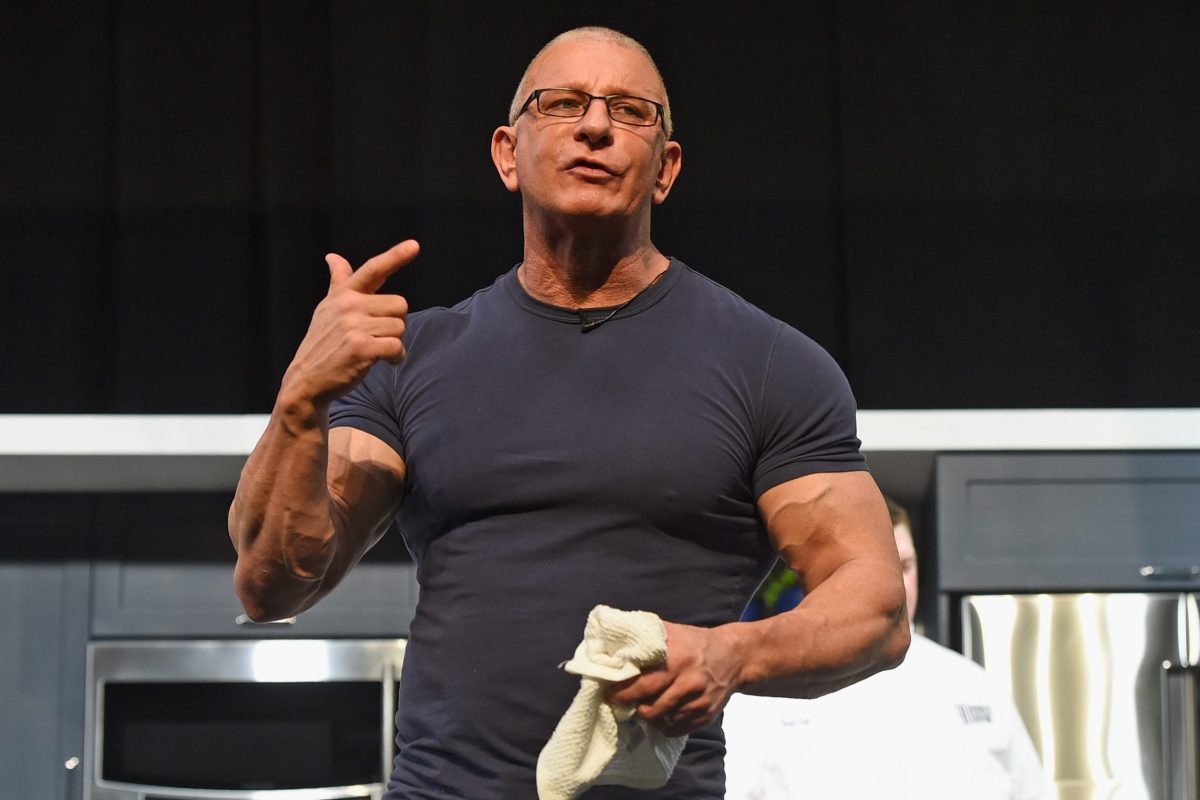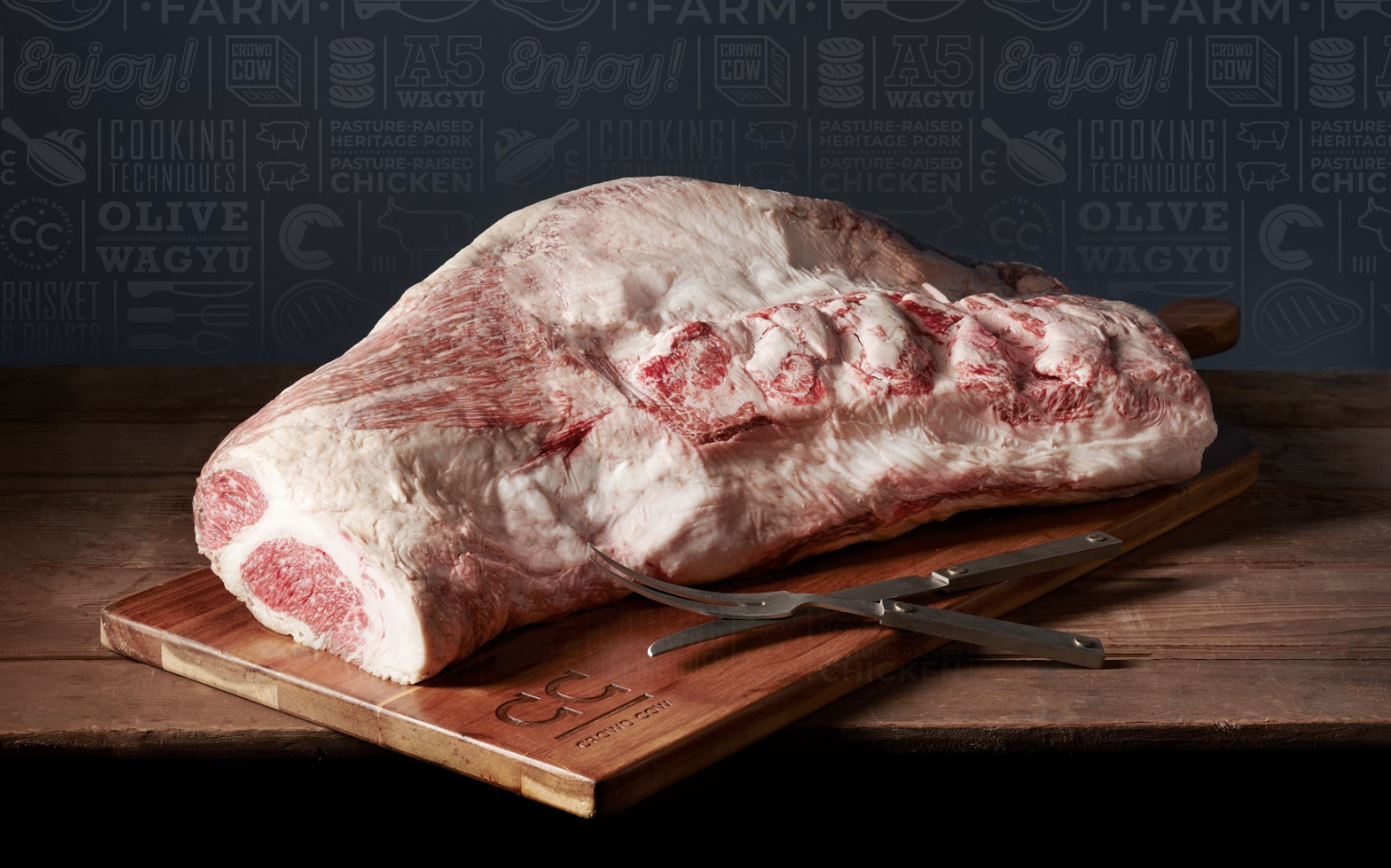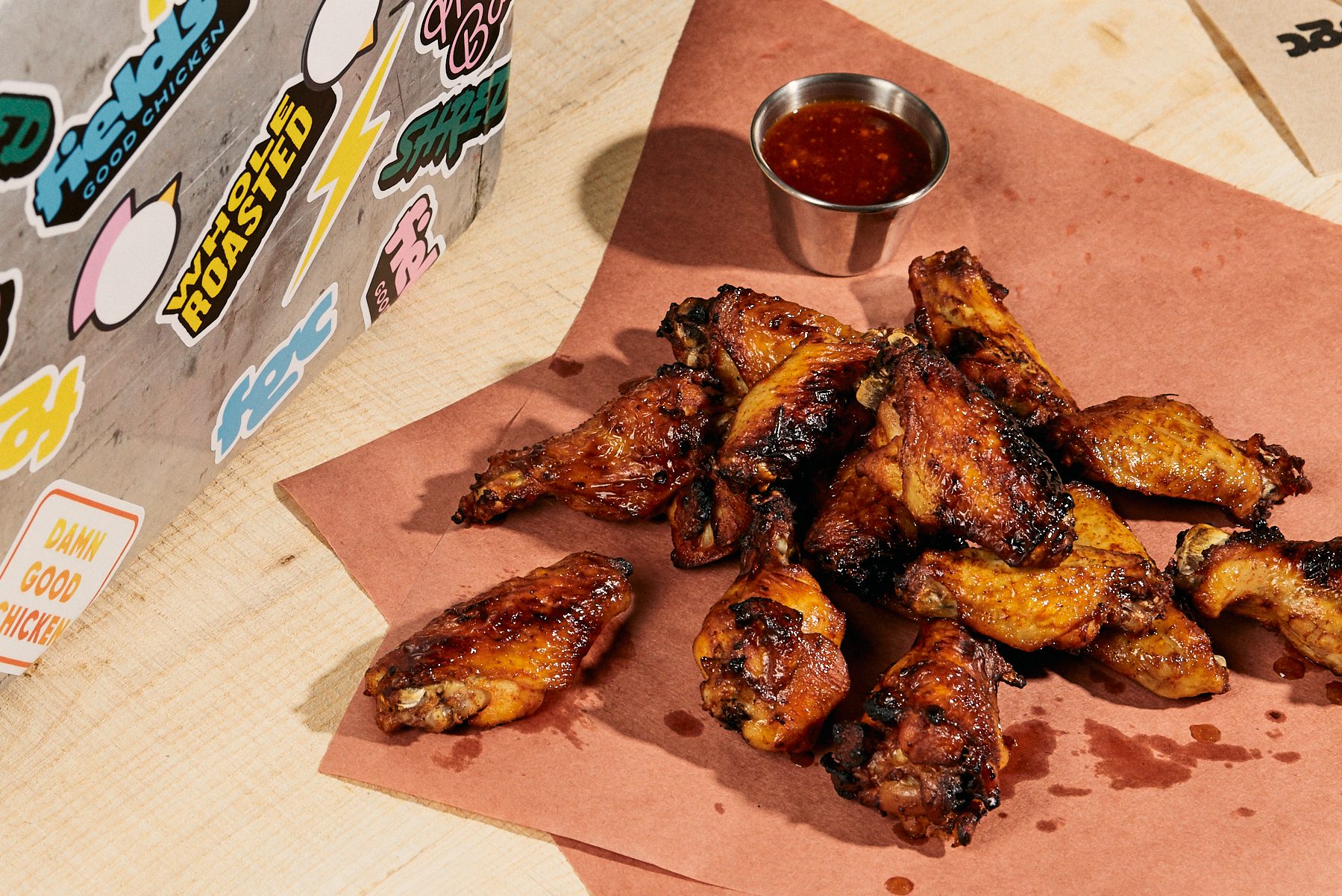It’s a bitter-tasting reality, but many of the restaurants that were forced to close doors because of COVID-19 will never reopen them. And those that do will likely have to consider some sweeping changes in hygiene practices and admission policies, like the ones that have been put in place in already-reopened cities like Hong Kong. To start, think temperature checks upon entry, time limits for dining, plexiglass dividers separating tables and a resurgence of disposable plates and glasses.
Robert Irvine, the star of Food Network’s Restaurant: Impossible, will probably find himself installing some of those restrictions in the near future as he helps the struggling restaurateurs who appear on his show navigate a post-COVID world.
“I’ve got a whole protocol system that I’ve developed using the rules and procedures the CDC and other folks have given us,” Irvine says. “That’s what I do for a living. I go to people’s restaurants and tell them their food is bad and their cleanliness is awful, so I’ve been known for that way before the pandemic. I’ve developed a system that I believe will be the new normal for restaurants, starting with my own. I’ve partnered with fellow military veteran entrepreneurs at WorkMerk on the launch of VirusSAFE Pro, a software solution that provides verification in real-time that workers are complying with mandated measures and protocols so customers can be confident that their wellness is a top priority.”
According to Irvine, implementing new technology will be the biggest factor when restaurants return.
“We will be paperless,” he says. “We’ll be paying on our phones and apps and using menus and QR codes we’ll have on our phones. We’ll do a lot more digital ordering and restaurants will have their own delivery services. If I walked into a restaurant and saw an employee on the phone, I would rip them apart, but that may be the new normal. The new normal may be checking the temperature on something and inputting it into a phone. We’ll rate restaurants and what they’re doing for the customers and the employees and you’ll be able to see that rating. It’ll be accredited to governing bodies.”
More so than ever before, those governing bodies are going to have to hold restaurateurs accountable to ensure people feel safe eating outside the confines of home.
“In the United States, we have health inspectors,” Irvine says. “It’s up to local governments now to hire more of these people that do such an amazing job. One health inspector can only do so many things, so we can’t expect them to visit 500 restaurants in a day, but that’s what they would have to do to make sure we’re all safe. We’ve got to put systems into these places and restaurants that hold the owners or the manager, or both, accountable for their actions and their employees. We need to bring back consumer confidence for the guests, but also the employees that work there. They’re humans too. If they don’t feel confident, they’re not coming to work.”
Unfortunately, coming back to work may not be a choice for many restaurant workers.
“I think we will see smaller staffs,” Irvine says. “Bear in mind that if you have a dining room that used to seat 300 people, it’s not going to seat 300 people anymore. Each restaurant now has to come up with a new normal. We know a break-even point on a small restaurant is somewhere around $1,000 a day just to open the doors, turn the lights on and have people there. What’s that new normal break-even point based on fewer tables and maybe longer hours? I don’t think we’ll have the same size staff as we used to unless there are alternative revenue streams. For example, if I’m used to a dining room and no takeout before the pandemic, and now I’m doing takeout, do I keep the takeout and divert the staff to that, or do I stop the takeout and just do the dining room? These are business decisions that boil down to the No. 1 thing, consumer confidence.”
Even if consumers do eventually return to restaurants, the months of lost income will be too much for many to overcome, according to Irvine.
“I think it’s going to be a huge change,” he says. “We are not going to have all the restaurants that we started out with. I think we’re going to lose 30 to 40 percent of our mom-and-pop restaurants.”
But Restaurant: Impossible will do its best to make sure that number doesn’t creep any higher.
“For me, it’s not a bad pivot,” Irvine says. “For some people, it’s going to be life-changing. The cleanliness and the health of people have always been a focus for me, as well as the food and the place. Now, I’ve got to go into a restaurant that mom and pop have had for 36 years where they don’t have enough money to get a new refrigerator or put a gasket on a refrigerator and now there are going to be a whole new set of rules, otherwise they can’t open. They’re the people I need to help. I don’t need to help the chain that’s got all the money in the world and can afford to train and teach. Education is going to be an ongoing thing and I think it will help slightly, but we’ve got a long way to go.”
Every Thursday, our resident experts see to it that you’re up to date on the latest from the world of drinks. Trend reports, bottle reviews, cocktail recipes and more. Sign up for THE SPILL now.
























